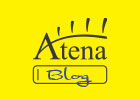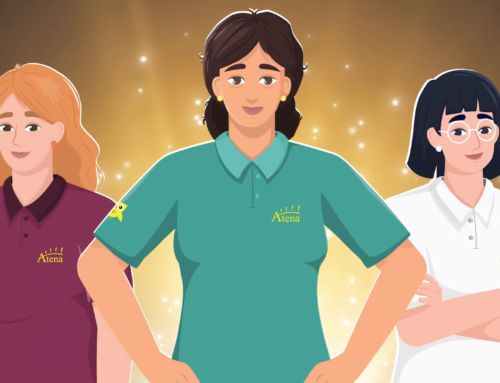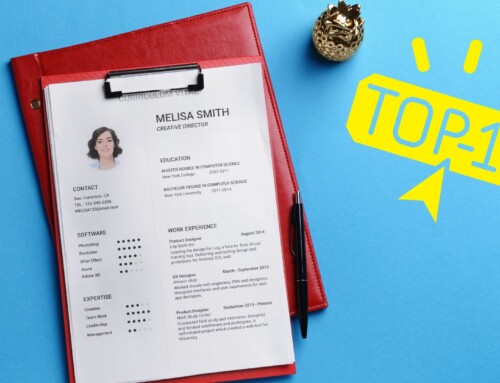ChatGPT, a language model developed by OpenAI, has become a key force in transforming the employment landscape. Simply put, ChatGPT excels at tasks such as data entry, content generation, and processing routine tasks without the need for complex decision making.
Transformational impact on jobs
A recent survey of 1,000 business leaders revealed deep insights into the impact of ChatGPT on the workforce. Surprisingly, 48% of companies using ChatGPT have already decided to replace employees in their organizations. This shift is particularly visible in job categories involving repetitive and rule-based functions.
In addition, the survey highlights that 25% of these companies claim to have made significant cost savings by integrating ChatGPT into their operations. This financial efficiency is particularly pronounced in industries where tasks are predictable and involve standardised processes.
Which jobs are at risk?
Notably, jobs that primarily involve information retrieval and simple decision-making processes are more at risk of being replaced by ChatGPT. Data entry tasks, simple customer interactions and basic administrative functions are among the most vulnerable to automation.
In addition, a staggering 93% of companies surveyed expressed an intention to either deploy or expand the use of ChatGPT. This indicates a growing trend of organisations realising the potential benefits of this technology in streamlining operations, increasing efficiency and reducing operational costs.
Benefits of ChatGPT: A valuable asset in the workplace
One of ChatGPT’s distinct advantages lies in its proficiency in data entry, content creation, and repetitive task processing. The model’s ability to effectively perform these functions contributes significantly to increasing productivity and streamlining operations in organizations. By automating mundane and time-consuming tasks, employees can focus on more strategic and value-added activities, fostering a more dynamic and flexible work environment.
In addition, ChatGPT’s ability to quickly process vast amounts of information improves decision-making processes. Businesses can harness the power of the data-driven insights generated by ChatGPT to make informed decisions, optimize strategies, and stay ahead in a competitive environment.
Cons: Limitations of the ChatGPT app
However, it is very important to be aware of the limitations of ChatGPT. The model lacks basic human qualities such as empathy, creativity, critical thinking and problem-solving skills. While ChatGPT excels at tasks with clear parameters and well-defined goals, it struggles when faced with ambiguity or scenarios that require a deep understanding of human emotions and context.
The lack of empathy and creativity means that ChatGPT can fall short in tasks that require a nuanced and imaginative approach. In industries that rely heavily on human contact, such as customer service or creative activities, the limitations of ChatGPT become apparent. Although ChatGPT is a valuable tool for automating certain functions, it cannot, in fact, fully replace the dynamic adaptability and emotional intelligence inherent in human workers.
Atena‘s perspective: using ChatGPT as a tool, not a replacement
As a recruitment agency, Atena benefits from the integration of ChatGPT into its operations. We see ChatGPT as a valuable tool that increases efficiency and facilitates service improvement. ChatGPT does not replace our staff, but a means to simplify tasks and increase overall productivity.
In addition, Atena reinvests all the financial savings achieved through the use of ChatGPT in the salaries of its employees. This approach reflects our commitment to maintaining a people-centric approach to recruitment. It also uses technology to complement and support our employees, not displace them.
Conclusion: achieving a balance between workers
In conclusion, the advent of ChatGPT raises important questions about the future of employment. While this model offers undeniable advantages in certain areas, it fails to replicate the unique human characteristics that are crucial in tasks requiring creativity, empathy and critical thinking. Atena ‘s approach exemplifies the harmonious integration of technology and human expertise. It creates a workplace where both areas can synergistically thrive. As we move through this evolving environment, it is clear that the key lies in striking a balance. This balance leverages the strengths of both technology and human capabilities.







